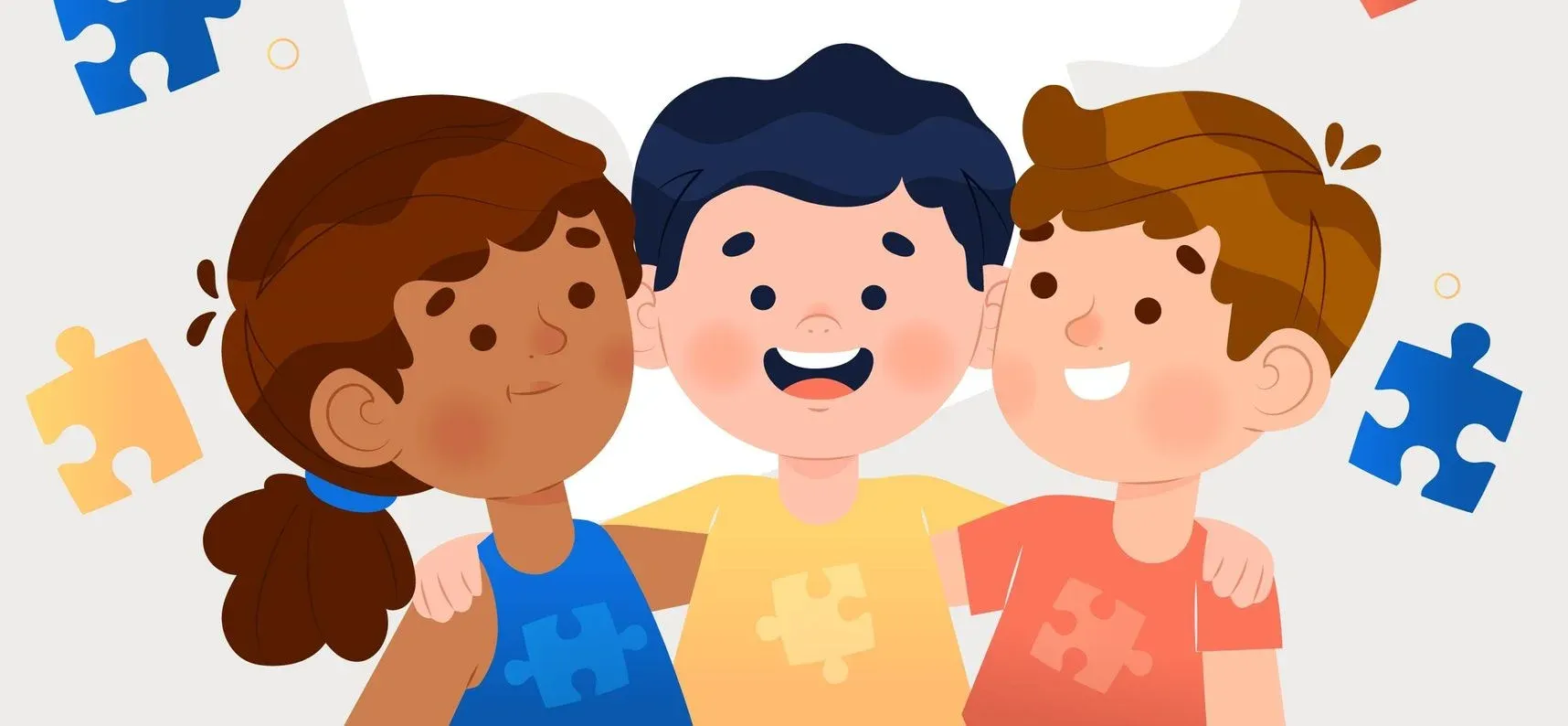Watch out for autism traits or indicators in children because early intervention can be of big help to them.
The best way to help autistic children develop to their full potential is
through early intervention. For us to apply early intervention though, we
have to recognize the different indicators or tell-tale signs of autism and
developmental delays in our child. From there, we can get a recommendation
from a developmental pediatrician on the best course of action to take.
How early should you consult a developmental pediatrician? Two years old is a
good age, according to Miguel’s pediatrician. That’s because by two years old,
parents would be able to get a good grasp on their child’s development. They’d
be able to have good judgment if their child is just slightly delayed or
significantly delayed in terms of development.
Of course, it’s really hard to imagine what a developmental delay looks like
unless you see it for yourself. Here are some specific examples that we
observed in Miguel that prompted us to consult a professional.
Language delay
A few months before turning a year old, Miguel was already making a lot of
sounds but these are all incomprehensible grunts and shouts. He wasn’t really
talking and practically wasn’t learning any words by two years old. We were
alarmed because kids his age were already saying a lot of words, if not
talking in short sentences.
Lack of eye contact
Miguel wasn’t making any eye contact when we talked to him. He wouldn’t also
respond when we called his name. At times, we even wondered if he really knew
his name. During the few times when he made eye contact, I always made a
remark that he doesn’t seem to be connecting with me. It was like he was
making empty glances.
Walking in tiptoe
When we first saw Miguel walking on tiptoe, we initially thought it was cute.
Eventually, we realized that it didn’t seem like a normal thing to do so we
took note of it for possible consultation with his pediatrician.
Hand flapping
When Miguel turned a year old, he would flap his hands when he got all
excited. Again, we had no idea that it was an indicator of autism even though
it seemed like an amusing mannerism. We later found out through research that
it was called stimming, which is a self-stimulating behavior.
Hitting his head on the wall
This is what probably set the alarm for me. During a few instances, I saw
Miguel hitting the back of his head on our wall. Those were just gentle knocks
on the wooden wall but it was enough to get me alarmed. Honestly, this was
Miguel’s behavior that prompted me to do my research.
I googled all my observations – tiptoe, hand flapping, hitting the head – and
all symptoms pointed to autism. I was initially shocked and worried but after
that, I researched some more and asked Miguel’s pediatrician about the best
course of action.
From there, we consulted a developmental pediatrician and got a diagnosis of
Global Developmental Delay (GDD) with a high risk of autism for Miguel.
What you can do at home to help your child
After getting a diagnosis, we immediately enrolled Miguel in occupational
therapy. He was just two years old then. Sadly, because of the pandemic, we
were on and off face-to-face therapy because of health and safety concerns.
We tried a home program but anybody doing online classes or home learning for
their kids would agree with me that it’s hard. Well, it’s doubly challenging
for special needs parents like me because it’s hard to get a child with GDD to
concentrate.
As we progressed and continued with face-to-face therapy, Miguel eventually
got the rhythm and became more focused. In terms of the things that we do at
home to help him, here are some of the strategies that we continue to do in
the last two years.
For eye contact and name recall, we would constantly call his name throughout
the day to get his attention, most especially if we were about to give him his
favorite toy or snack. Even during our home activities, I would call Miguel
before handing him a toy or an item.
To encourage non-verbal kids to talk, be descriptive when speaking to them. A
good example is the word “flower.” Instead of just saying “flower,” say that
it’s a beautiful red rose. Also, non-verbal kids use a lot of gestures. When
they ask you to do or get something like a snack, instead of just handing it
to them, you can say, “Do you want Dutch Mill? Do you like the big one? Here,
I’ll give it to you.” You can also teach them to use the palm-up gesture if
they want to ask for something.
Lastly, encourage them to be independent by teaching them to dress up, wash
their hands, and clean up after playtime.
We’re glad that Miguel was eventually picking these up although gradually.
Nonetheless, progress is progress and we’re happy with our little
achievements.
Similar stories:
This post may contain affiliate links, including those from Amazon Associates, which means that if you book or purchase anything through one of those links, we may earn a small commission but at no extra cost to you. All opinions are ours and we only promote products that we use.
Download a free copy of my Churches of Nueva Ecija eBook HERE!

Post a Comment